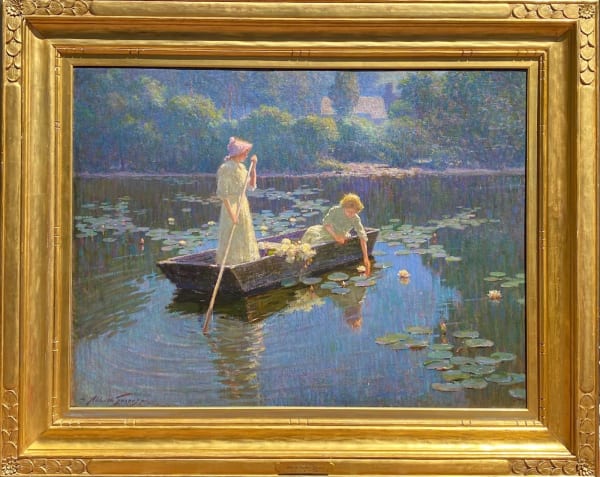Mel Bochner
Mel Bochner pioneered Conceptual Art in America in the 1960s and 1970s and continues to create works that reflect his exploration of the relationship between images and ideas.
Early Life and Education
Mel Bochner was born in Pittsburgh in 1940. He was raised in a traditional Jewish home. Bochner’s father was a sign painter, whom Bochner credits with igniting his interest in painting.
While in high school, Bochner studied with legendary art teacher, Joseph Fitzpatrick, who taught Saturday art classes in Oakland’s Carnegie Music Hall, and whose students included Andy Warhol, Philip Pearlstein and other successful artists. Bochner’s early training earned him recognition from the Scholastic Art & Writing Awards program.
Bochner received a degree in art from Carnegie Mellon University in 1962. He took some time off, during what he calls his “beatnik period”, traveling to San Francisco and then around Mexico, living hand-to-mouth. A friend invited him to Chicago, where Bochner audited philosophy classes at Northwestern University. It was during this time that Bochner began to spend more time looking at paintings at the Art Institute of Chicago than in the classroom and decided that he would go to New York to pursue his career as an artist.
Career
Mel Bochner arrived in New York in 1964. His first job was as a security guard at the Jewish Museum. It was there that he met Dore Ashton, who was then the Dean of Humanities at The School of Visual Arts. Ashton encouraged Bochner to apply for a teaching position at the school. He took her advice and began teaching art history. Bochner said that teaching history, rather than studio art, helped him to formulate his ideas about the relationship between language and images.
As part of his teaching duties, Bochner was asked to organize a Christmas show on drawings. He asked some of the artists he knew, like Sol Lewitt, Donald Judd and Eva Hess for “drawings that weren’t necessarily works of art.” The school was dismissive of the works, claiming that they didn’t have the budget to frame them. Bochner ran the drawings through the school’s Xerox machine, making them all uniform in size, bound them into four black binders and placed each on a white pedestal. Bochner called the show Working Drawings And Other Visible Things On Paper Not Necessarily Meant To Be Viewed As Art. The exhibit became a seminal show in the conceptual art movement.
Bochner’s minimal works began to morph into more colorful works in the 1970s. His ‘thesaurus’ paintings are some of his best known, playing with words, colors and texture.
His work has been displayed in public exhibits in the U.S. and internationally.
Mel Bochner lives and works in New York. His works are part of the permanent collection of the National Gallery of Art in Washington, D.C., the Jewish Museum in New York, MoMA, and many other major museums and galleries around the globe.
Send me more information on Mel Bochner
-

Surovek Gallery at Art Miami 2024
November 27, 2024This year marks the 34th Edition of Art Miami and we are pleased to be a part of the city’s original and longest running modern...Read more -

Recent Acquisitions at Surovek Gallery
Works by Abbott Fuller Graves, Thomas Hart Benton, Milton Avery, Sam Francis, Orville Bulman, Kenneth Noland and Mel Bochner September 29, 2023We are pleased to announce our recent acquisitions of works by some of America’s finest artists, representing a wide range of styles and techniques. The...Read more



